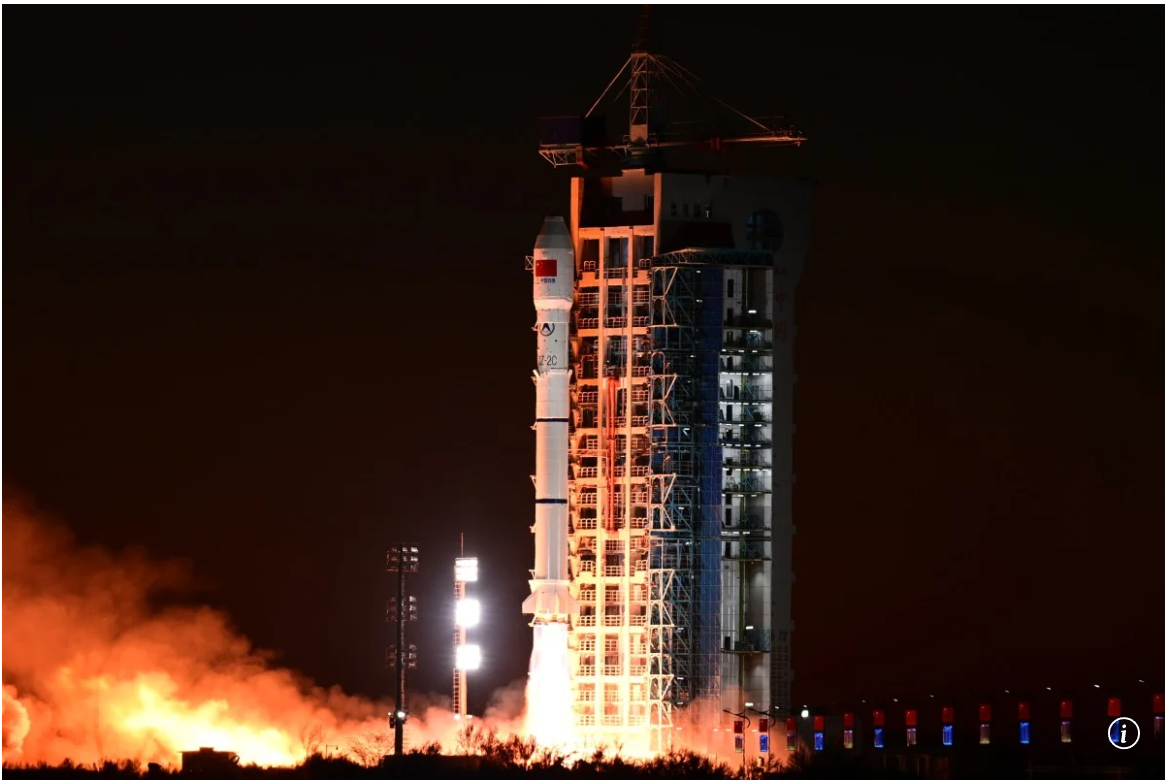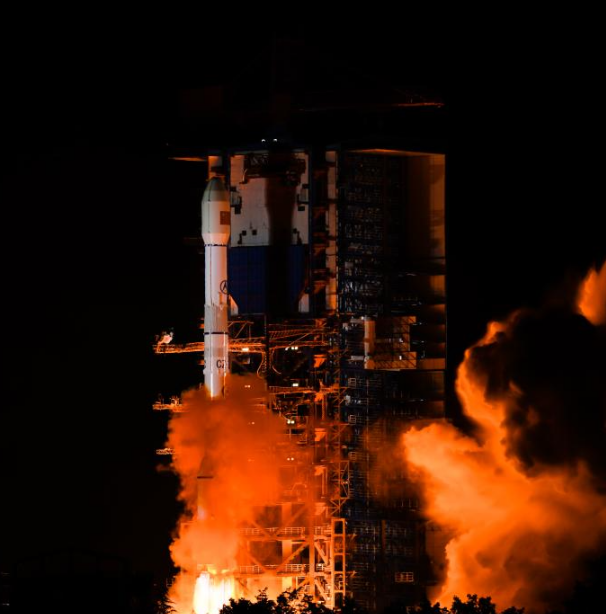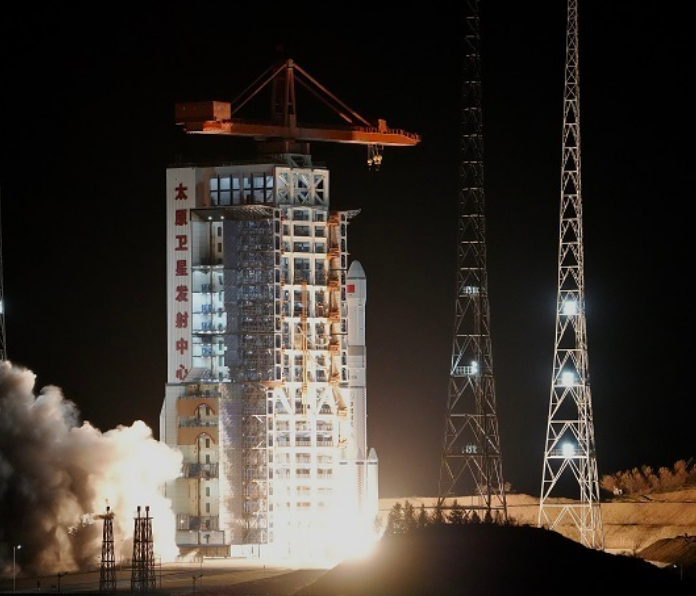27
2024-11
China declares space milestone in launch of ‘self-driving’ radar satellites

Published: 2:00pm, 27 Nov 2024
China has launched the world’s first “self-driving” satellites that can maintain or change their flight course without any help from the ground, according to their developer.
The two mapping satellites – Siwei Gaojing-2 03 and Gaojing-2 04 – blasted off on a Long March-2C carrier rocket from the Jiuquan Satellite Launch Centre in northwest China at 7.39am on Monday before entering their preset orbits.
The Shanghai Academy of Spaceflight Technology (SAST) – a subsidiary of China Aerospace Science and Technology Corp (CASC) – said the launch was a milestone in the development of China’s commercial space surveying and mapping.
The developer said the pair would usher in a new era of “self-driving” commercial satellites, with abilities that include automatic orbit return and fly-around.
“After in-orbit operation, they will achieve the world’s first autonomous and strict orbit return at the 100-metre [328-foot] level, and formation-coordinated fly-around at the sub-metre level,” SAST said, adding this could simplify in-orbit control and better guarantee safety.
The developer said the satellites – which are equipped with high-precision radar payloads and other advanced technologies – would provide “all-day, all-weather, high-resolution radar imagery” and “significantly improve the accuracy of surveying and mapping products”.
Once operational, the satellites will provide data for natural resource management, urban safety, emergency response and maritime affairs, according to SAST.
The high-resolution, high-quality radar images they produce would support China’s basic surveying and mapping updates, help monitor agricultural production and the environment and provide early warning of natural disasters, it said.
The Gaojing-2 03 and 04 satellites are an important part of China’s Siwei commercial remote sensing constellation project, which was approved by CASC in April 2022 and is expected to be fully established next year.
The project, comprising a network of at least 28 satellites, is designed to meet the needs of various industries – such as national land management, mapping and marine surveillance – for high-spatial and high-resolution data.
In April, a commercial optical satellite, Siwei Gaojing-3 01, which was also developed by SAST, was launched.
Unlike optical remote sensing satellites, which operate in the visible and near-infrared wavebands, Gaojing-2 03 and 04 are a type of synthetic aperture radar (SAR) satellite that uses microwave signals to create images by sending pulses of energy to Earth and measuring how long it takes for them to return.
Low-Earth orbit SAR satellites can penetrate clouds, fog and darkness to collect images day and night and are used by a number of countries to monitor earthquakes, floods, deforestation and oil spills, as well as for military surveillance.
In August last year, China launched the world’s first geosynchronous orbit SAR satellite, the Ludi Tance 4-01, giving China a permanent view of almost one-third of the Earth’s surface.
-
29
2025-05

Tianwen-2 Mission Launched Successfully
At 1:31 AM today, China successfully launched the Tianwen-2 planetary exploration probe from the Xichang Satellite Launch Center using the Long March-3B Y110 carrier rocket.
-
13
2025-05

Communication Technology Experiment Satellite No. 19 Successfully Launched
At 2:09 on May 13, China successfully launched the Communication Technology Experiment Satellite No. 19 from the Xichang Satellite Launch Center using a Long March 3B carrier rocket. The satellite smoothly entered its predetermined orbit, and the launch mission was a complete success.
-
12
2025-05

Remote Sensing Satellite No. 40, Group 02, Successfully Launched
On May 11 at 21:27, China successfully launched the Remote Sensing Satellite No. 40, Group 02, from the Taiyuan Satellite Launch Center using a Long March 6A carrier rocket. The satellite entered its predetermined orbit smoothly, and the launch mission was a complete success.









